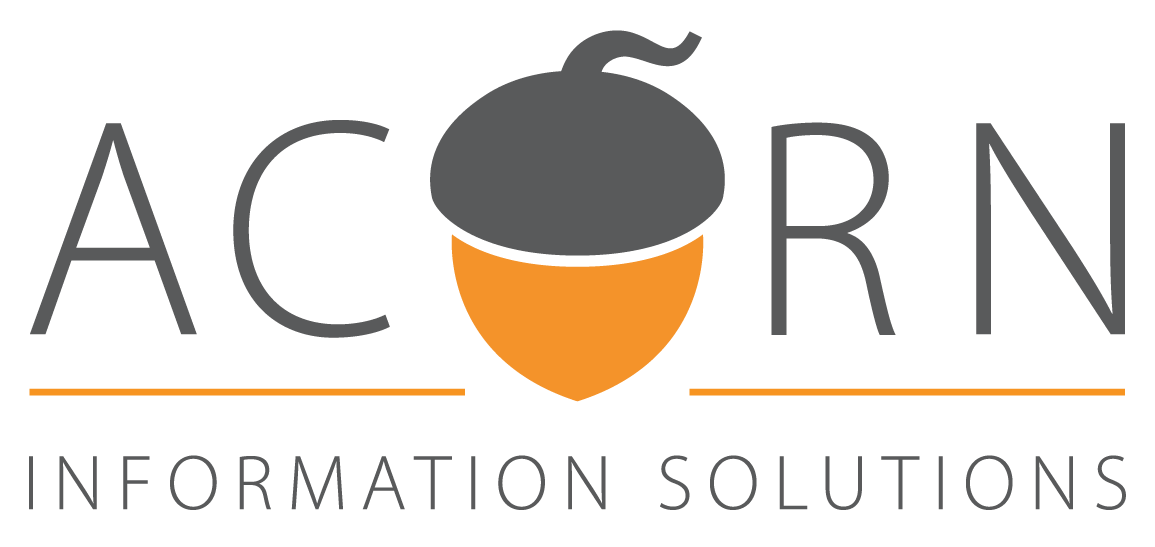Portfolio

Acorn Information Solutions was asked to assist with data collection for the Knowing Our Numbers (KON) project conducted by Dr. Emis Akbari and Kerry McCuaig. The report is cited as: Akbari, E., McCuaig, K., Schurter, M. Varmuza, P., Akbari, S., Mudie, S. (2024). Knowing Our Numbers: A Provincial Study with a Local Lens on the Early Childhood Education Workforce in Ontario. What is KON? Knowing Our Numbers is a study aimed at better understanding the current state of the childcare system and early education workforce climate. It identifies the challenges and barriers faced by those in the sector and highlights the facilitators to success. The study is being done through a data collection process involving 43 of the 47 children’s services managers across Ontario. Thus, the project will not only provide a local perspective; it also provides cross-jurisdictional understandings. The information collected will be used for policy and planning purposes, including measures to support recruitment and retention in the ECE workforce. Our Work Acorn’s involvement in the project was focused on compiling a variety of population and socio-economic indicators for several District Social Service Administration Boards (DSSAB) and Consolidated Municipal Service Mangers (CMSM) where the standard geographic name of the Statistics Canada Census Division (CD) differed from the DSSAB/CMSM name, and/or where the spatial boundaries of the DSSAB/CMSM did not match the CD boundary. Providing data for a number of these regions involved conducting calculations based on the appropriate census geographies (census divisions, census subdivisions, dissemination areas, and/or unorganized areas) that fall within the DSSAB/CMSM service area. Data collected, manipulated, and reported included: population metrics, labour force metrics, religious data metrics, income metrics, low-income and inequality metrics, education metrics, and socio-demographic metrics. The following metrics were collected and reported: Population metrics : Population in 2016 and 2021, % change in population since 2016, population density, median age, % of the population that is a racialized population, % of the population that is married or living common law, % of the population that is not married or living common law, % of the population married or common law with children, avg. number of children per family, % of one parent families, % of one-parent families headed by a woman, % of one-parent families headed by a man, and percentage of multigenerational households. Labour force metrics : Participation rate of women and men in the labour force (%), and the unemployment rate of women and men (%). Religion data metrics: % of the population that is not religious, and all religious breakdowns as per Statistics Canada (%) - this includes % of the population that is Christian, % of the population that is Muslim, % of the population that is Hindu, % of the population that is Sikh and % of the population that is Jewish. Income indicators : Median employment income, median employment income in 2020 for full-year full-time workers, median after-tax income of households in 2020, and median total income for households in 2020. Low income and inequality metrics : % of the population aged 0 to 17 living in low income based on LIM-AT, % of the population aged 0 to 5 living in low income based on LIM-AT, % of the population aged 18 to 64 living in low income based on LIM-AT, as well as income distribution information for women and men individually and combined (%). Socio-demographic information : Language most often spoken at home (# and % English, French, Other), % of the population that identifies as Indigenous, % of the population that own homes, % of the population that rent, % of the population spending more than 30% on shelter costs, % of the population that are immigrants, and commuting duration information for women and men individually and combined. Education metrics : % of the population that does not have a certificate/diploma/degree, % of the population with a high school diploma or equivalent, % of the population with a post secondary certificate/diploma/degree, and % of the population that obtained education outside of Canada. For more information on this project, visit https://knowingournumbers.ca/en/ .

During the initial rollout of the COVID-19 vaccine, some residents in Sault Ste. Marie were unsure about where they could get the vaccine and which locations had supply due to the high demand. As a result of this uncertainty, registered locations were receiving a high volume of phone inquiries related to appointment/vaccine availability.

Client Background Providing System is a 30-year-old legacy platform which is used by our client: a fully integrated steel producer. It is a complex application used to design a steel batch (Plate, Coil, Slab) based on customer requirement. The designed batch (requisition) is what starts the demand on the caster and begins the WIP process for all customer orders. The system also takes into account applying existing stock slab inventory (cold applications) to fulfil customer orders. This system is more specific to the steel industry, and the client had to put a lot of intelligence into it over the period of development. Objective The Sault Ste. Marie Innovation Centre (SSMIC) and its Acorn Information Solutions (AIS) division was hired to help modernize this application on a new platform and integrate it with external systems. The system needed to be easy to maintain in the future and changes be carried out with confidence if needed. The client also needed to find innovative ways to make the new system more configuration based. This was a significant project for the organization. Project Overview One of the biggest challenges for AIS in this project was to understand current programming logics, which was Cobol based, and then convert it to a new dimensional platform. Along with the support and knowledge from the client, the product was built in 8-9 months. The Providing System has five parts: DSPC, Plate Mill, 106 Strip Mill, Shipment Slabs, and Cold Applications. The key features of this application include: · Ability to easily add new logics and product maintenance · Multi-user friendly and no more distributing work via paper and pen · Custom layout function that provides users with better visibility of current orders and can be managed more productively · Allows granular control over functionality – modern database allows storing more data to perform analytics This new product is easily connected with multiple third-party systems due to the modern platform. The exchange of data is very easy and turn out to be increased in efficiency for schedulers. Benefits The expertise provided by the client, and AIS’s ability to develop this tool makes it very unique in nature. The underline benefits include: · Scalable solution and can fit with any manufacturing, provided with their set of logics and design · Slick design available on smartphones or tablets · Inbuilt security module which is useful for proper governance · Web based application with user wise widgets and individual views · On the fly reporting

A fully integrated Steel producer does business with many vendors locally, domestically, and internationally. For each of these vendors with whom they do business, there is a registration process that they must follow. The vendor must have access to a registration system that allows for accurate capture of information.









